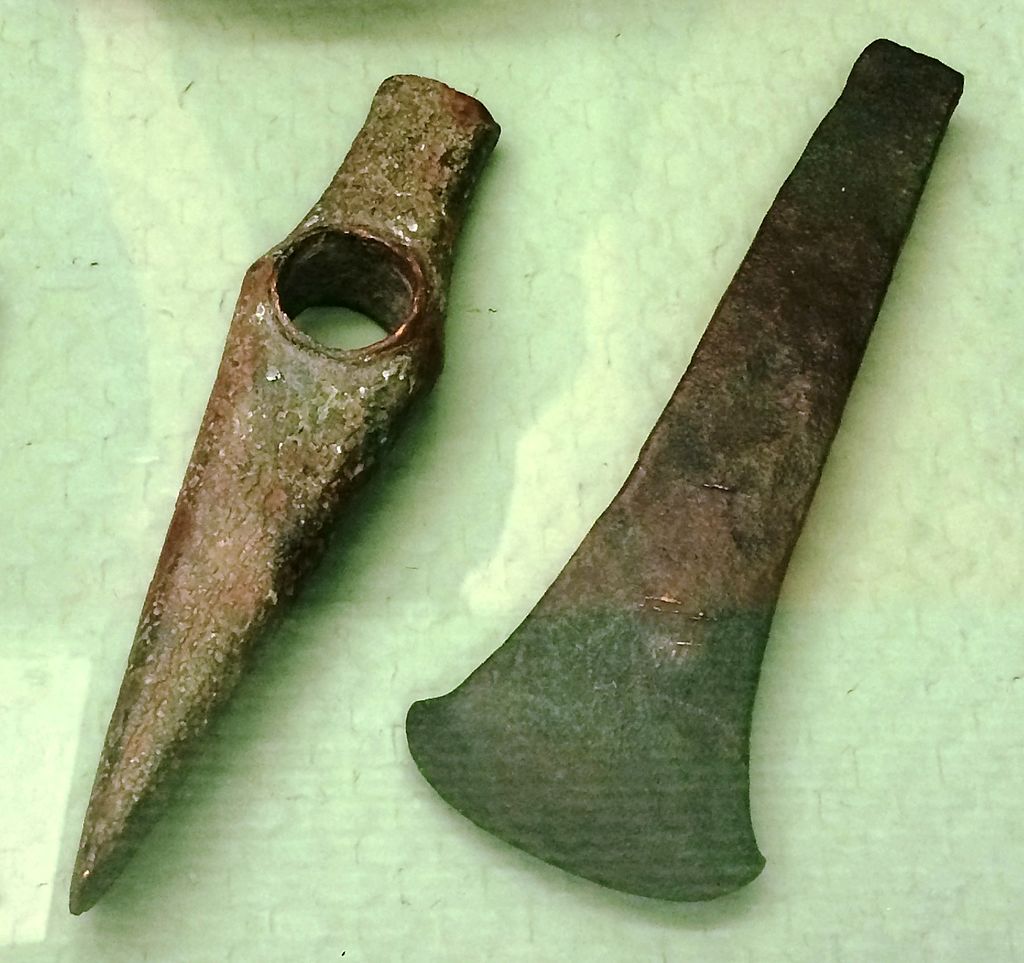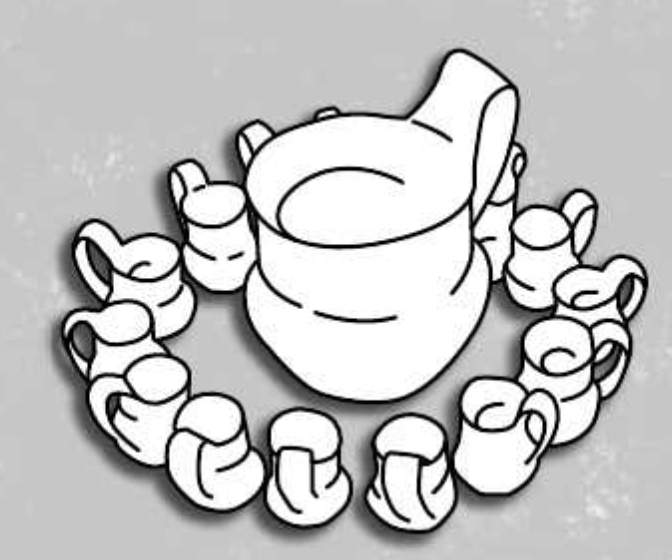
Thread: Left vessel, Neolithic Lengyel culture (5000-3400 BC). Right vessel, Chalcholitic Baden culture (3600–2800 BC) which developed from Lengyel culture... 



Lengyel culture guys, were neolithic farmers who, just like their neighbors, Stroke-ornamented ware culture guys, liked building giant henges, enclosures oriented to the sunrises at solstices and stuff... oldeuropeanculture.blogspot.com/2014/03/henges… 

Then came Indo-Europeans and turned Neolithic, Old Europe, Matriarchal, Peaceful, Farming Lengyel culture into Chalcholitic, Indo-European, Patriarchal, Warrior, Cattle herding Baden culture...By presumably killing the men, taking the women...
Gimbutas and then Mallory and Adams talk about Baden culture as one which is associated with the spread of Indo-Europeans because "It possesses a number of cultural traits that have been regarded as diagnostic markers of Indo-European society"...Like:
Making and usage of lots and lost of metal weapons and tools...
scholarworks.uark.edu/cgi/viewconten…
scholarworks.uark.edu/cgi/viewconten…

Patriarchate, discerned from the appearance of male "chief" graves...And finally, the invention of alcohol and drinking parties...Typical: Drunk cowboys....
oldeuropeanculture.blogspot.com/2020/06/first-…


oldeuropeanculture.blogspot.com/2020/06/first-…



So no wonder Baden dudes were seen as "Prototypical Indo-Europeanised culture dominated by Kurgan males"...Which is funny, considering that Baden guys had Neolithic Megalith builders (I2a) and farmers (G2a) male genes...The same ones we find in their Neolithic ancestors...
So what's happening here exactly? Archaeo Punk...Lead by disrespectful geneticists (and other equally disrespectful non archaeologists) wrecking havoc on Kurgan theory...
• • •
Missing some Tweet in this thread? You can try to
force a refresh



















